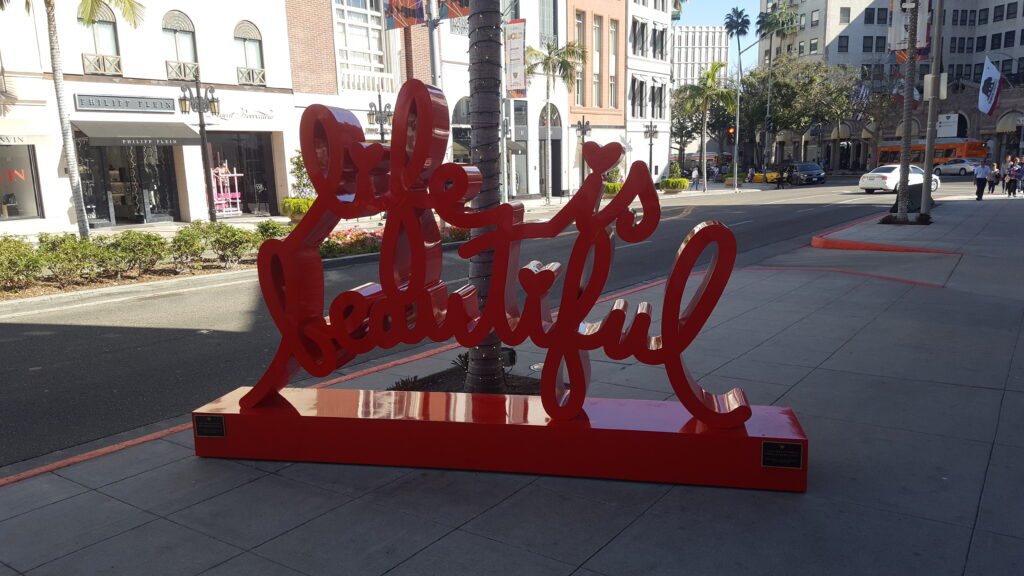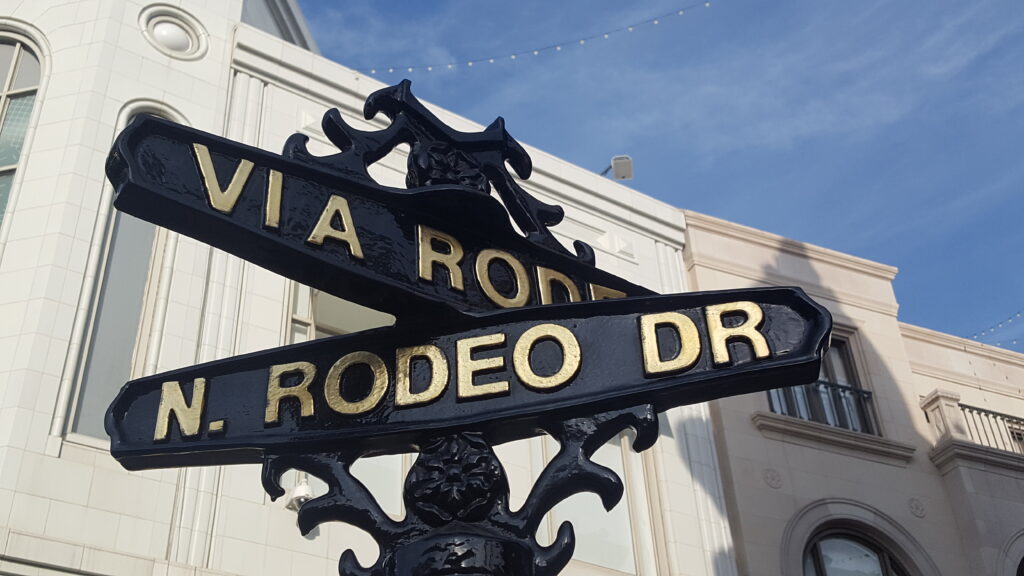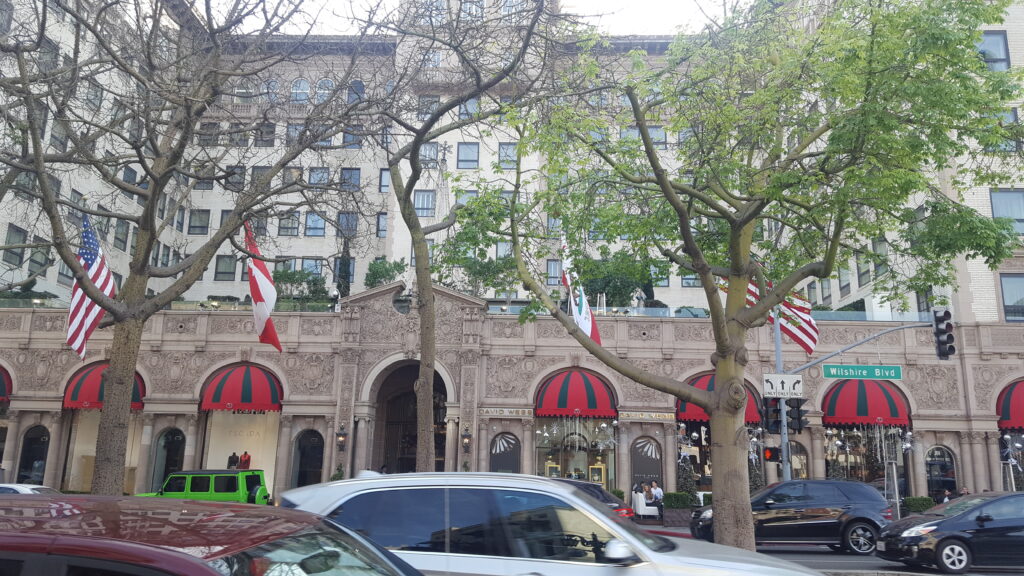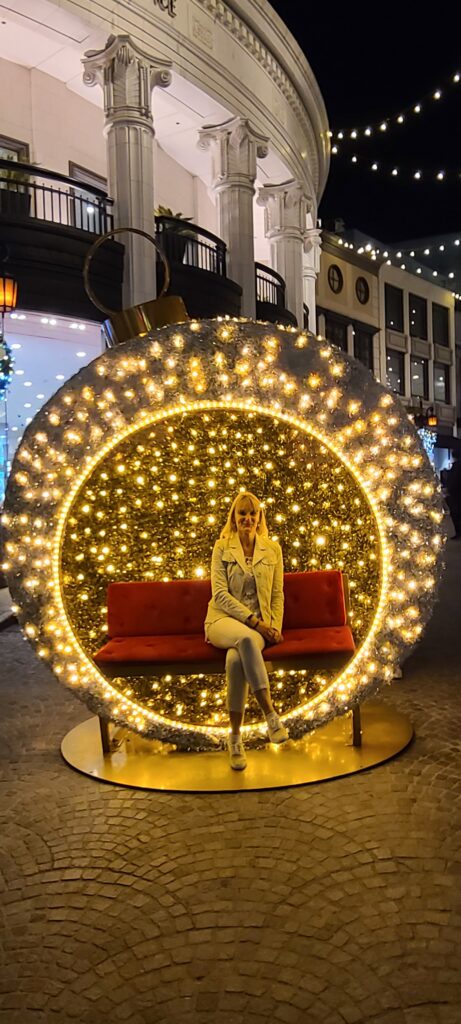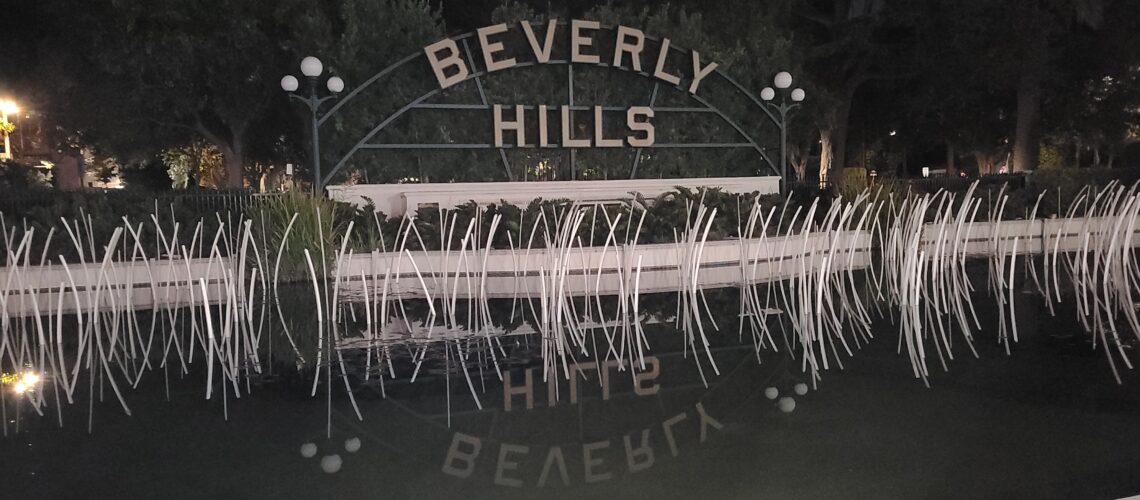
November 5, 2022
California’s small towns – Beverly Hills: part 1 – short history
When choosing to visit the west coast of the United States, it is impossible to miss one of its “pearls” – Beverly Hills.
Located in California, Los Angeles County, Beverly Hills is one of the most popular tourist destinations in the US, very close to the heart of American cinema, Hollywood. The northern border of Beverly Hills is the Santa Monica Mountains, and two of the most characteristic and famous places are Rodeo Drive and the road that crosses this wealthy district, famous for music clubs – Sunset Boulevard. Most of the inhabitants live in flat areas, but the most expensive houses can be found on the hills.
Stars and celebrities
Due to its favorable location, Beverly Hills has become a place of residence for many people related to the music and film industry, mainly due to the motivation to settle close to the workplace, such as Universal Studio, Warner Bros Studios, Paramount Picture or Hollywood itself. While strolling around Beverly Hills, we can come across villas with pools, several garages and extensive gardens, belonging to Leonardo DiCaprio, Jennifer Lopez, Beyonce and many others. There are also recording studios, huge premises with photo sets and professional recording rooms.
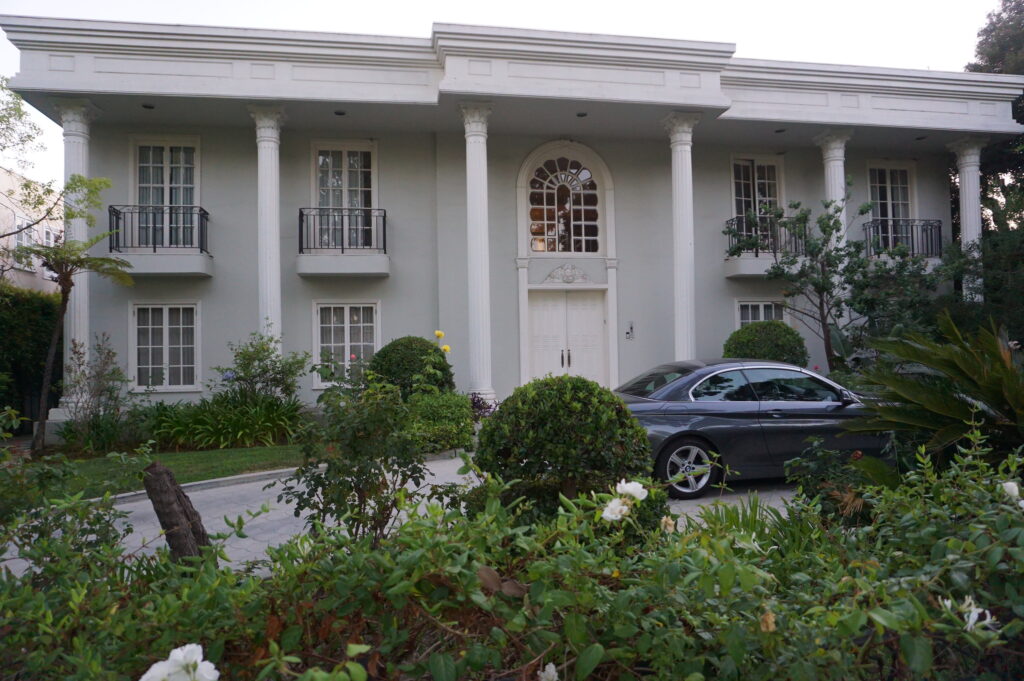
Fun fact
Some of you may still remember the 90s series “Beverly Hills 90210”. Did you know that this series was not filmed in Beverly Hills? First, most of the indoor scenes are shot in a warehouse complex in Van Nuys, California. The scenes of the fictional West Beverly Hills High School are actually filmed at Notre Dame School, located in Sherman Oaks, and at Torrance High School in Torrance. The house of Brendon and Brendon Walsh is located in the town of Altadena.
History
The area in which Beverly Hills is now located was a thriving, human-inhabited area long before it was discovered by the film industry.
Many centuries ago, the legendary Californian El Dorado was blessed by nature with the most precious commodity in Southern California – water. There are three natural canyons here: Franklin, Coldwater and Benedict. Moisture on the hills flows down them, creating streams that merge at the junction of Beverly Drive and Sunset Boulevard.
The indigenous people of America, the Tongva or Gabrielinos tribes, considered the place sacred, calling it the “Assembly of Waters”, in Spanish, El Rodeo de las Aguas.
Before the arrival of the Spanish explorers, the Tongva tribe lived a peaceful life in this area, enjoying the abundance of game and nature’s gifts – meadows filled with wild oats, cucumbers, buckwheat, watercress and prickly pear.
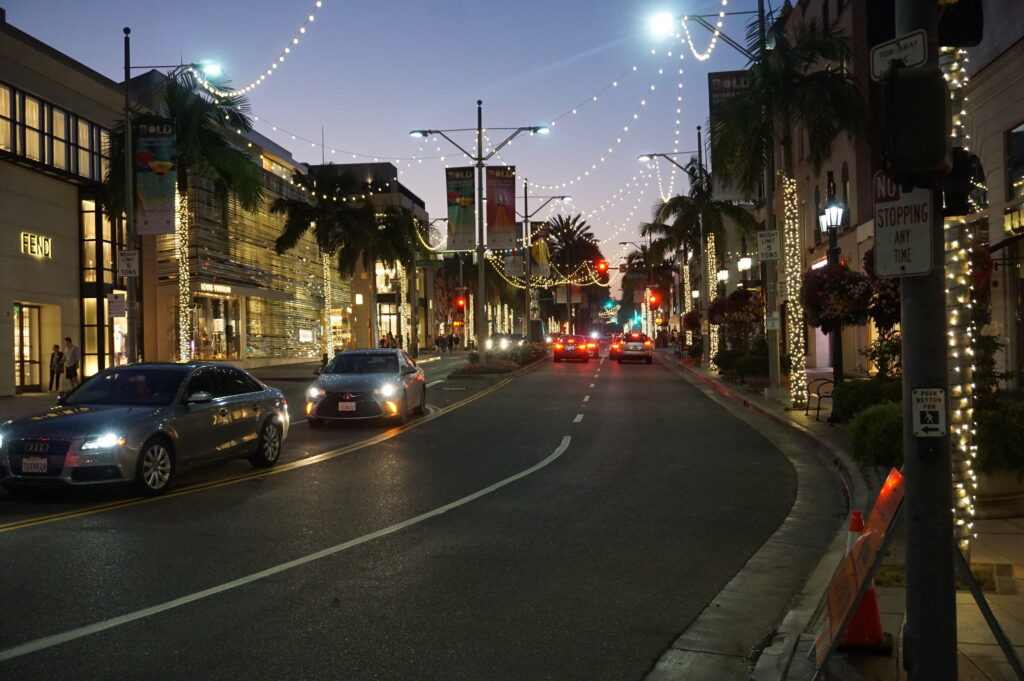
Europeans – first contacts and settlers
The first European to come to these areas was the Spaniard Jose Gaspar de Portolá. He traveled the old Indian trail known today as Wilshire Boulevard. On August 3, 1769, in the area north of Olympic Blvd. and La Cienega, there was the first contact between peaceful natives and Europeans. We can learn about this from the notes of Brother Juan Crespi, who served as chaplain on this legendary expedition. He kept a diary in which he described a magical journey through a large vineyard of wild grapes and an endless number of rose bushes. “After driving about half a league, we reached the village of this region,” noted the monk, “people went out on the road, greeted us and offered us seeds.”
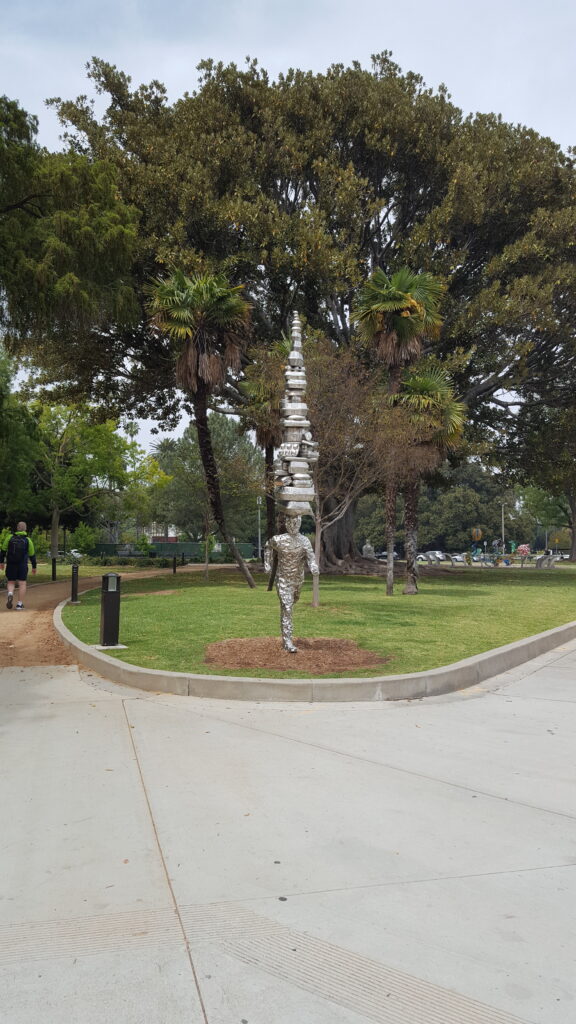
Rancho Beverly Hills
In 1838, the Mexican governor of California granted a large area of land in what is now Beverly Hills to Maria Rita Valdez, widow of a Spanish soldier. Maria Rita Quinteros de Valdez had come to Southern California with her husband a few years earlier. After his death, Martha Rita, an early Californian feminist icon, built an adobe ranch near the intersection of today’s Sunset Boulevard and Alpine Drive and named her property Rancho Rodeo de las Aguas. By employing many cowboys, she started raising cattle and horses. As was the custom of the time, Maria Rita allowed her livestock to roam freely, but once a year, under a huge eucalyptus tree at the corner of Pico and Robertson Boulevards, there was a kind of modern rodeo – a festival where these slow-grazing semi-wild horses and cattle were caught. In 1852, three Indians raided Maria Rita’s ranch. The shooting and siege occurred in the walnut grove of Benedict Canyon and Chevy Chase Drive. Maria Rita survived the attack, but the battle and the stress of it influenced her decision to sell the ranch two years later in 1854 to Benjamin Davis Wilson (1811-1878) and Henry Hancock (1822-1883) for $ 4,000. Unfortunately, the drought in the following years decimated their crops, and the cattle died in the dry riverbeds. However, the names of these new owners live today in nearby Mount Wilson and Hancock Park.
After the civil war, drilling of oil wells in order to search for oil began in this area, and cattle gave way to sheep. In 1868, the ranch was bought by Edward Preuss, who intended to establish a colony here for German farmers – immigrants, and called it “the City of Santa Maria”. However, another drought ruined these plans, and in the areas where Beverly Hills is now located, sheep and cattle were again raised. In the 1880s, the ranch was divided into 75 acres (0.30 km2) plots of land for sale at $ 10 per plot.
Henry Hammel and Andrew H. Denker purchased most of them and used them to grow lima beans. At the time, the area was known as Hammel and Denker Ranch. In 1888, fascinated by Africa, they planned to build a city called “Morocco” in this area. However, this fantasy land disappeared when the national economy collapsed.
In 1900, a group of Los Angeles and East Coast investors – Burton E. Green, Charles A. Canfield, Max Whittier, Frank H. Buck, Henry E. Huntington, William G. Kerckhoff, William F. Herrin, W.S. Porter and Frank H. Balch – formed the Amalgamated Oil Company, bought the Hammel and Denker ranch and began exploring oil. However, they did not find enough by contemporary standards to use the area commercially. Therefore, in 1906, they reorganized themselves as the Rodeo Land and Water Company, changed the name of the property, divided it and began selling plots of land. At the same time, Burton Green and his wife changed the name of the area to Beverly Hills, based on Beverly Farms, Massachusetts, changing the second part of the name to include the hills in the area. The first house after the division was built in 1907, and at the beginning the sale of plots was low.
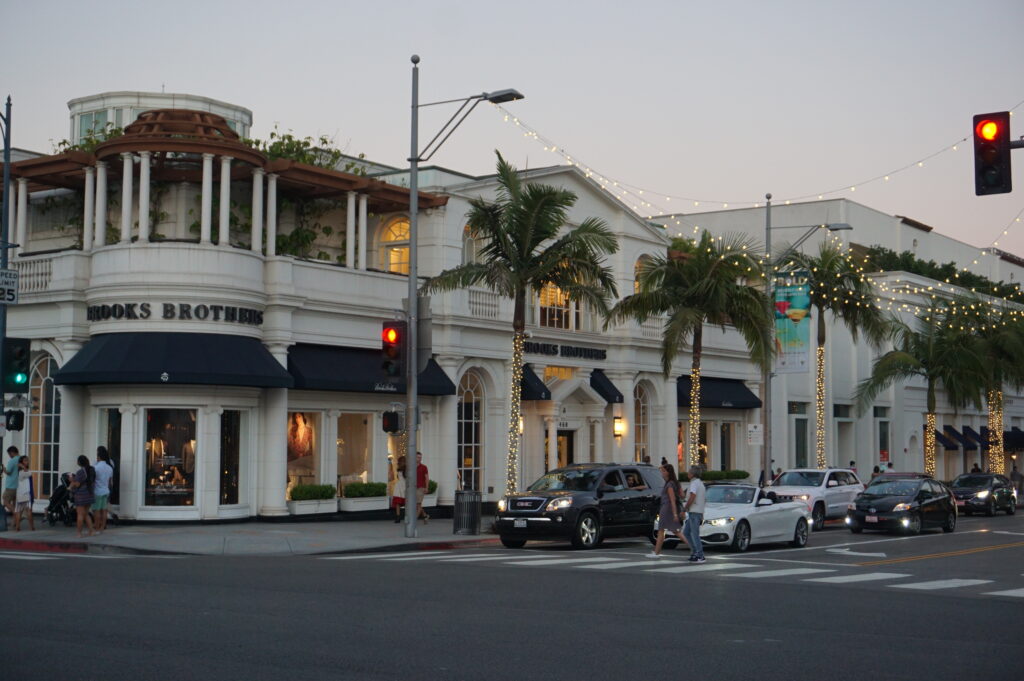
The birth of the city
Burton Green hired landscape architect Wilbur D. Cook who, influenced by landscape designer Frederick Law Olmstead, created a plan of wide, winding streets adjacent to the hills. The first streets of the city: Rodeo, Canon, Crescent, Carmelita, Elevado and Lomitas were marked out in 1907. Cook also created an area known as the “emerald necklace”, which is the garden surrounding the city with the beautiful Santa Monica Park.
At the time, Beverly Hills was one of the all-white communities in Los Angeles. Blacks, Indians, or Mexicans were prohibited by law from settling, letting, or buying real estate, unless they were employed by white residents as servants. It was also forbidden to sell or rent real estate to Jews.
In 1911, Burton Green began building The Beverly Hills Hotel. It was served by the Dinky Railway, as wonderful at the time as the Disneyland Monorail in the 1950s. The hotel became a center of social life, serving as a theater, meeting place and church, and was completed in 1912. Visitors attracted by the hotel were inclined to buy land in Beverly Hills, and by 1914 the area already had a large enough population to become an independent city.
In 1919, actors Douglas Fairbanks and Mary Pickford bought land on Summit Drive and an existing hunting lodge, which they rebuilt into their residence, which they named Pickfair. The charm associated with Fairbanks and Pickford, as well as other movie stars who built mansions in the city, contributed to its rise in popularity. Movie stars and celebrities such as Gloria Swanson, Will Rogers, Thomas Ince, Charlie Chaplin, Tom Mix, Carl Laemmle, Ronald Coleman, King Vidor, John Barrymore, Buster Keaton, Harold Lloyd, Jack Warner, Clara Bow, Marion Davies, Harry Cohn and Rudolph Valentino soon followed suit and built stylish homes in Beverly Hills.
Life in Beverly Hills during the roaring 1920s sped up with the construction of a huge race track dominating most of the southern city. From where, as with today’s Formula 1 races, radio coverage was broadcast all over America. The cinder track was also sometimes used as a base and runway for the then rapidly developing new invention – aviation.
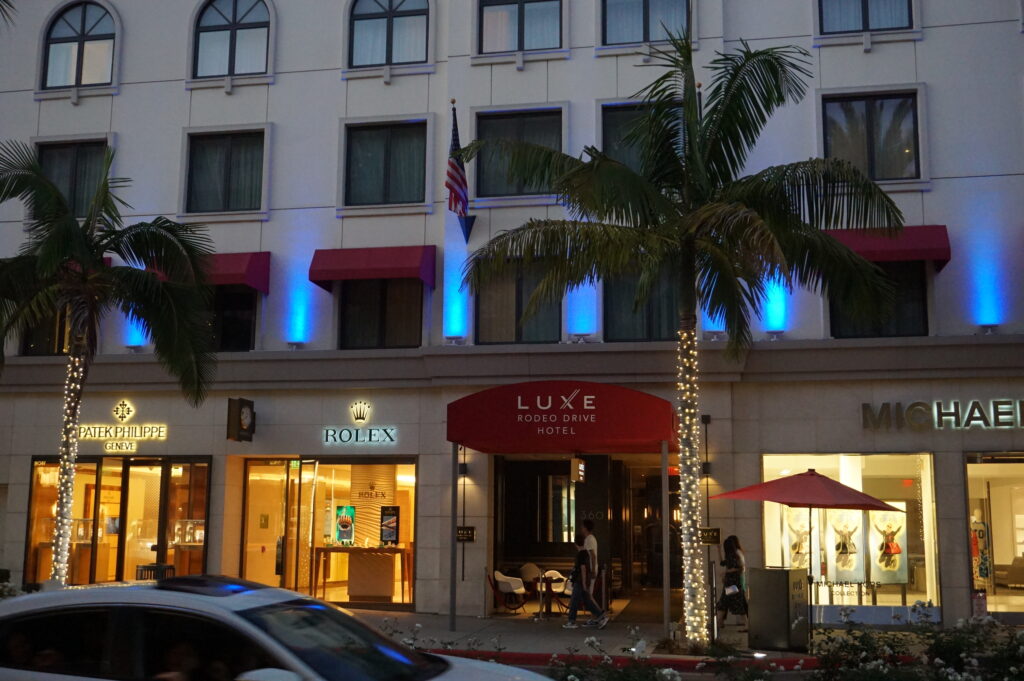
In the early 1920s, the population of Beverly Hills grew so large that water supplies became a political issue. In 1923, an annexation to the nearby city of Los Angeles was proposed as a solution. Proponents of this project have argued that Los Angeles will provide an inexhaustible source of clean water essential to Beverly Hills development. However, residents were against this proposal. Will Rogers (who later became the city’s first mayor), Mary Pickford, and other celebrities and businessmen mobilized local voters to act against the plans. The annexationists left bottles of fragrant sulfur water on the doorstep of every Beverly Hills home labeled “Warning. Drink sparingly as it has a laxative effect. ” Despite these “dirty” campaign tactics, the annexation was unsuccessful and was dismissed by 507 votes to 337 in favor.
This “war for independence” was probably the first relationship of show business and politics in the life of the city. Long before Ronald Reagan moved from the stage to the governor’s mansion, Will Rogers, a wise political satirist, became the first honorary mayor of Beverly Hills. Rogers later played a large role in the development of Beverly Hills, supporting the construction of a new town hall in 1932 and the creation of a US Post Office in 1934.
In 1925, Beverly Hills approved a bond issue to buy 385 acres (1.6 km2) for a new campus for UCLA (University of California Los Angeles). The cities of Los Angeles, Santa Monica and Venice Beach have also issued bonds to help pay for the new campus.
In 1928, the Beverly Wilshire Apartment Hotel (now the Beverly Wilshire Hotel) opened on Wilshire Boulevard, between El Camino and Rodeo – part of the old Beverly Hills Cinder Road. In the same year, oilman Edward L. Doheny completed the Greystone Mansion, a 55-room mansion intended as a wedding gift for his son Edward L. Doheny, Jr. The home is now owned by the City of Beverly Hills and serves as a museum.
Beverly Hills continued to expand. Promotional material from this period advertised the young metropolis as “the center of the next millennium”. In the early 1930s, Santa Monica Park was renamed Beverly Gardens and was extended to two miles (3 km) along Santa Monica Boulevard. The famous Electric Fountain was installed on the corner of Santa Monica Blvd. and Wilshire Blvd. The precisely modeled sculpture at the top of the fountain depicts a praying Tongva Indian, a tribute in Beverly Hills to its cultural heritage and source of fertility and abundance. In April 1931, a new town hall was opened in Beverly Hills in the style of the Italian Renaissance. In the early 1940s, black actors and businessmen began to move to Beverly Hills, despite the old law still in force, allowing only white residents to live in the city, and silent movie star Harold Lloyd was among the white residents supporting the anti-African-American movement.
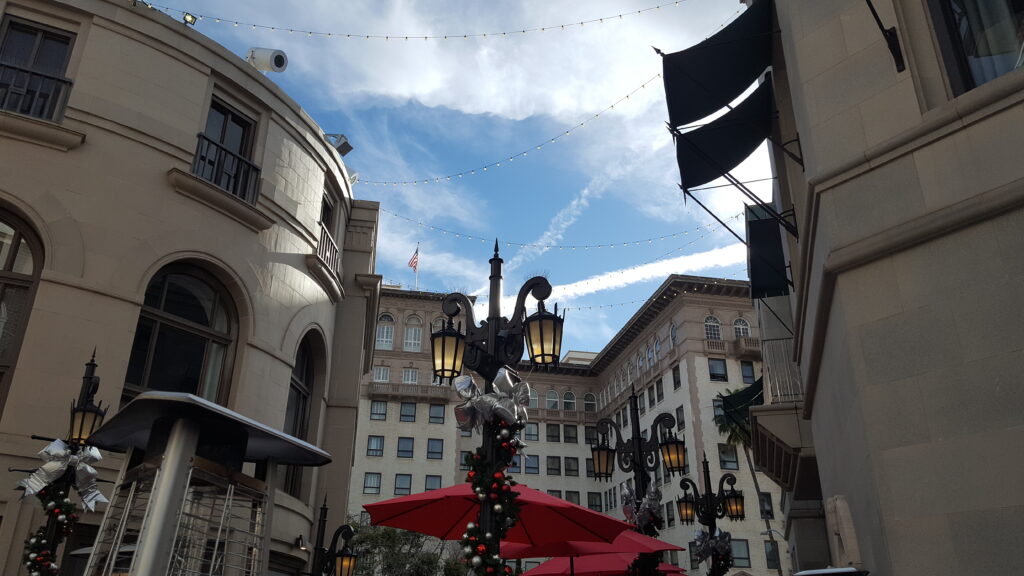
A modern city
In the post-WWII years, Beverly Hills continued to thrive as one of the most glamorous places to live, do business, eat, play and especially shop in the world. The Golden Triangle, with Rodeo Drive in the center, has been built and presented to the rest of the world as the best place for the “shopping of the life”. Many great hotels have opened, attracting visitors from all over the world. The city’s iconic image was spread through many Beverly Hills movies and TV shows, including The Jack Benny Show in the 1950s, The Beverly Hillbillies in the 1960s, Beverly Hills Cop in the 1980s, and Beverly Hills 90210 in the 90s.
In the 1950s, there were only a few free plots of land left, and developers also began to build over the hills surrounding the city to deal with the housing shortage. In 1956, Paul Trousdale (1915–1990) acquired the Doheny Ranch land and converted it into the Trousdale Estates, persuading the city of Beverly Hills to annex it. Elvis Presley, Frank Sinatra, Dean Martin, Tony Curtis, Ray Charles, President Richard Nixon and more recently Jennifer Aniston, David Spade, Vera Wang and John Rich lived in the neighborhood.
In the late 1990s, the Los Angeles County Public Transportation Authority (LACMTA) proposed building a red tube extension along Wilshire Boulevard and downtown Beverly Hills, but the city was against it. In 2001, LACMTA then proposed a fast bus route down Santa Monica Blvd., but the city also opposed it and the route was never built. Currently, this stretch of road is served by less efficient Metro Rapid buses using existing routes. By 2010, traffic in and around Beverly Hills had increased so much that the subway extension project was reverted. It plans to extend the purple line of the subway through Beverly Hills, adding two subway stations in Wilshire / La Cienega and Wilshire / Rodeo.
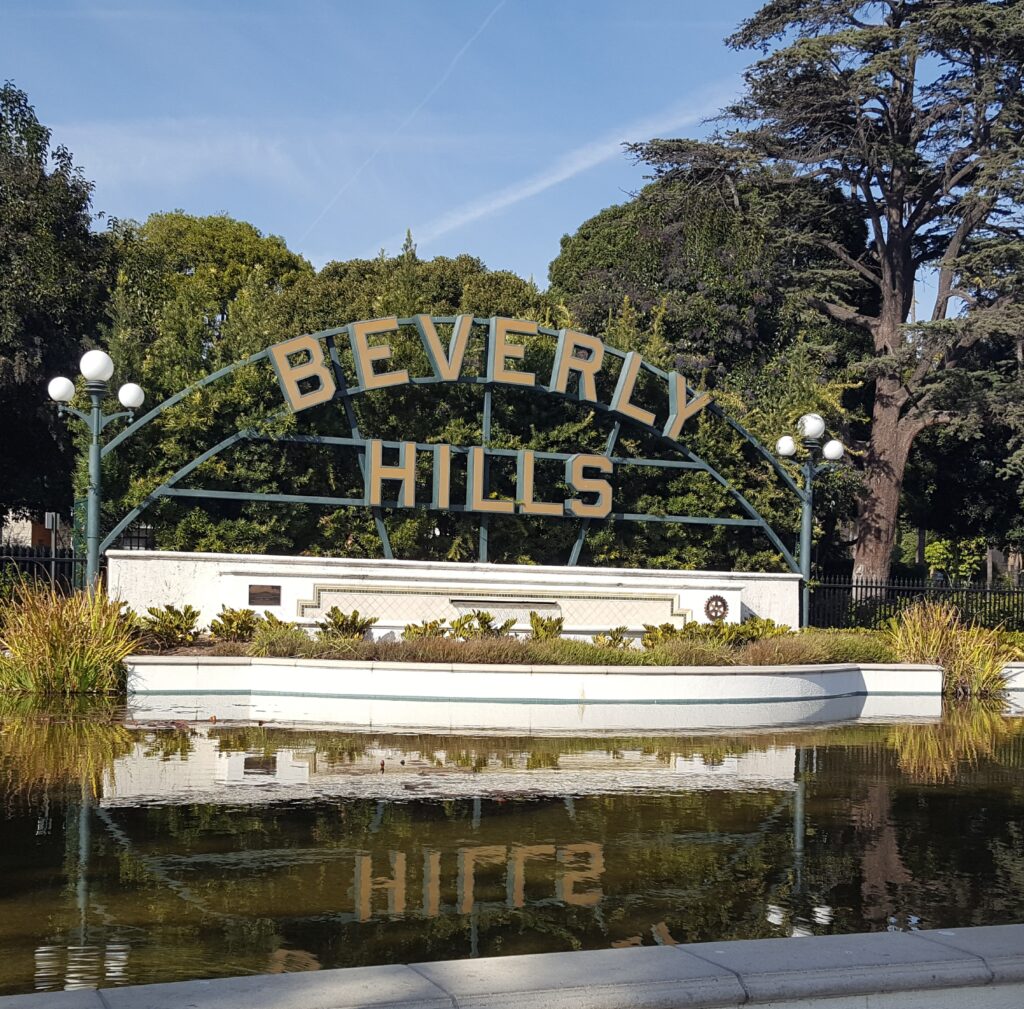
Today, the over-development has ceased and the city’s population is around 34,000 inhabitants and is growing very slowly. But the mysticism of Beverly Hills as a place of wealth and beauty has continued to grow since the area was home to its original Tongva people who taught the people here to appreciate the abundance of the present while respecting what was left of the past.
